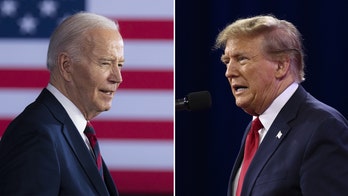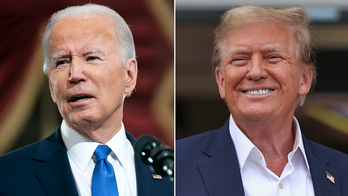Former President Trump advocates for energy independence and economic growth, while Vice President Harris pushes for an ultra-progressive agenda that prioritizes ideology over pragmatism.
As the United States grapples with rising energy costs, climate change, and geopolitical instability, the nation's energy policy has emerged as a critical issue in the upcoming presidential election. Former President Donald Trump and presumptive Democratic nominee Vice President Kamala Harris represent starkly contrasting visions for America's energy future.
Trump has consistently espoused an "America First" approach, prioritizing national self-sufficiency and economic competitiveness. As president, he oversaw a surge in domestic oil and natural gas production, leading to record-low gas prices and making the US the world's leading producer of both fuels.

America's Energy Future: A Choice Between Progress and Paralysis
Harris, on the other hand, has advocated for an ultra-progressive agenda that embraces radical climate policies. As attorney general and senator for California, she has been an outspoken critic of fossil fuels, supporting a complete ban on fracking and pursuing lawsuits against the Trump administration's offshore drilling plans.
The differences between Trump and Harris's energy policies extend beyond fossil fuels. Trump has promoted an all-of-the-above approach, supporting both traditional and renewable energy sources. He has emphasized the importance of baseload power, including nuclear and natural gas, to ensure grid stability and reliability.

America's Energy Future: A Choice Between Progress and Paralysis
In contrast, Harris has been a strong advocate for a Green New Deal-style transition to renewable energy. While she has acknowledged the need for a realistic approach, her policy proposals have focused heavily on phasing out fossil fuels and promoting solar and wind power.
Critics of Harris's approach argue that it is unrealistic and will lead to higher energy costs and job losses. They point to the recent pause on liquefied natural gas (LNG) export approvals by the Biden-Harris administration, which has drawn criticism from industry leaders and even some Democrats.

America's Energy Future: A Choice Between Progress and Paralysis
Supporters of Harris's policies argue that they are necessary to address the existential threat of climate change. They believe that the future of energy lies in renewable sources and that the transition must begin immediately.
The stakes in this year's energy policy debate are high. The choices made by the next president will have a profound impact on America's economy, national security, and environmental future. Voters will need to carefully consider the potential consequences of each candidate's energy agenda before casting their ballots.

America's Energy Future: A Choice Between Progress and Paralysis
As the race progresses, energy policy will likely remain a key issue, with both Trump and Harris seeking to convince voters that their approach is the best path forward for America.












